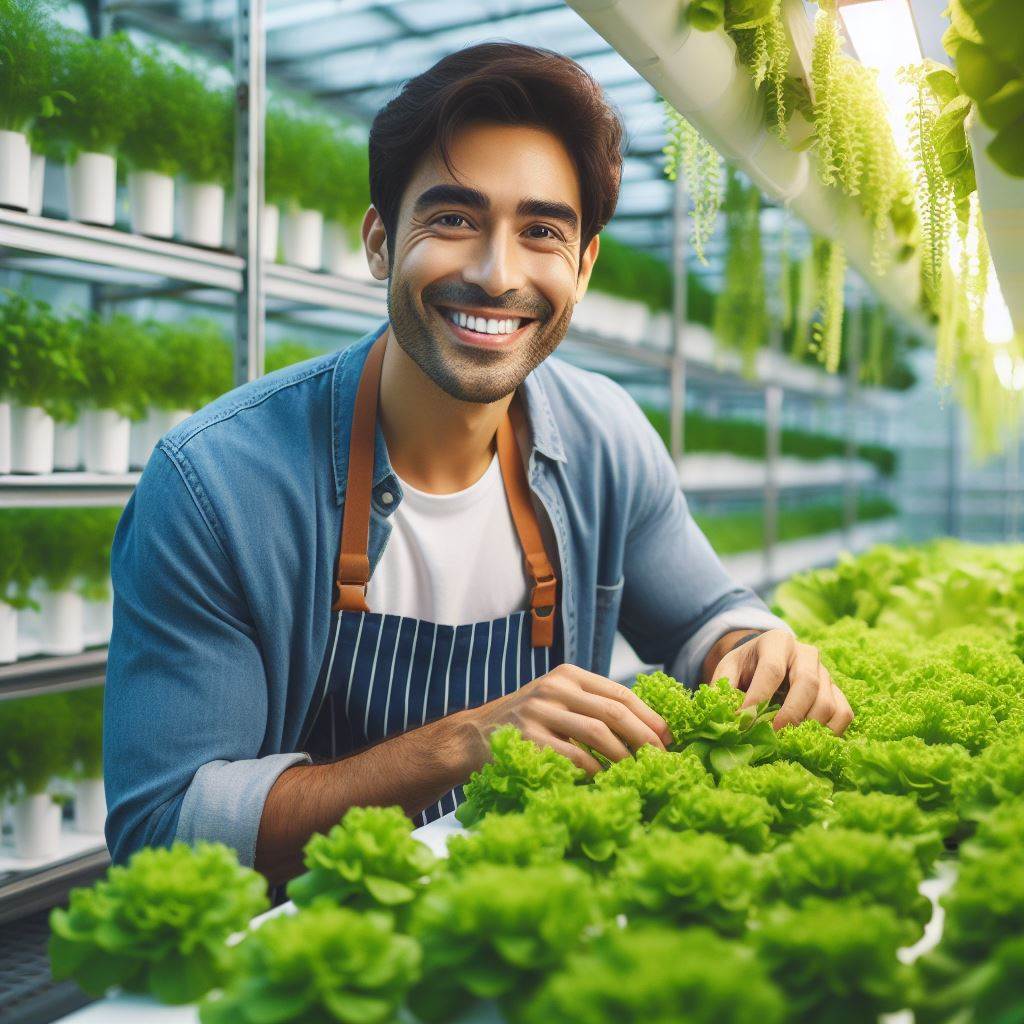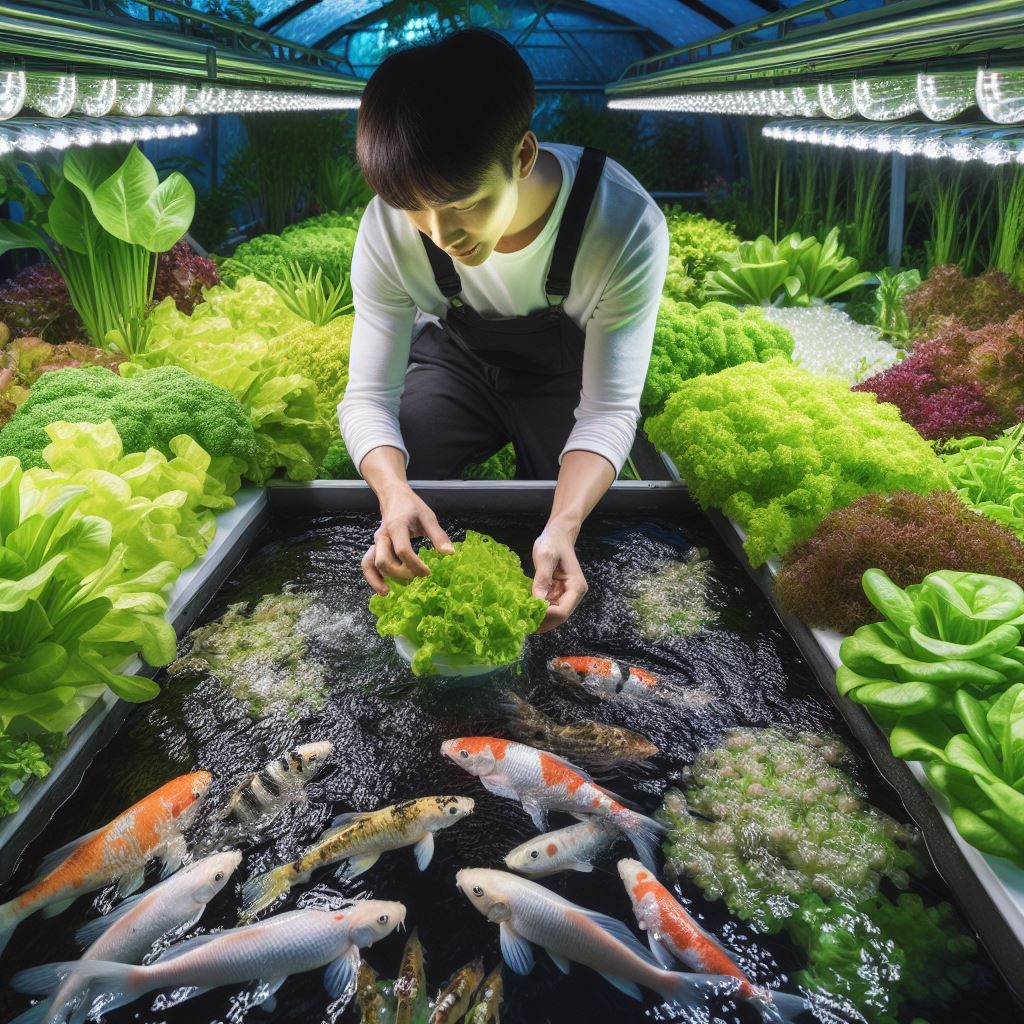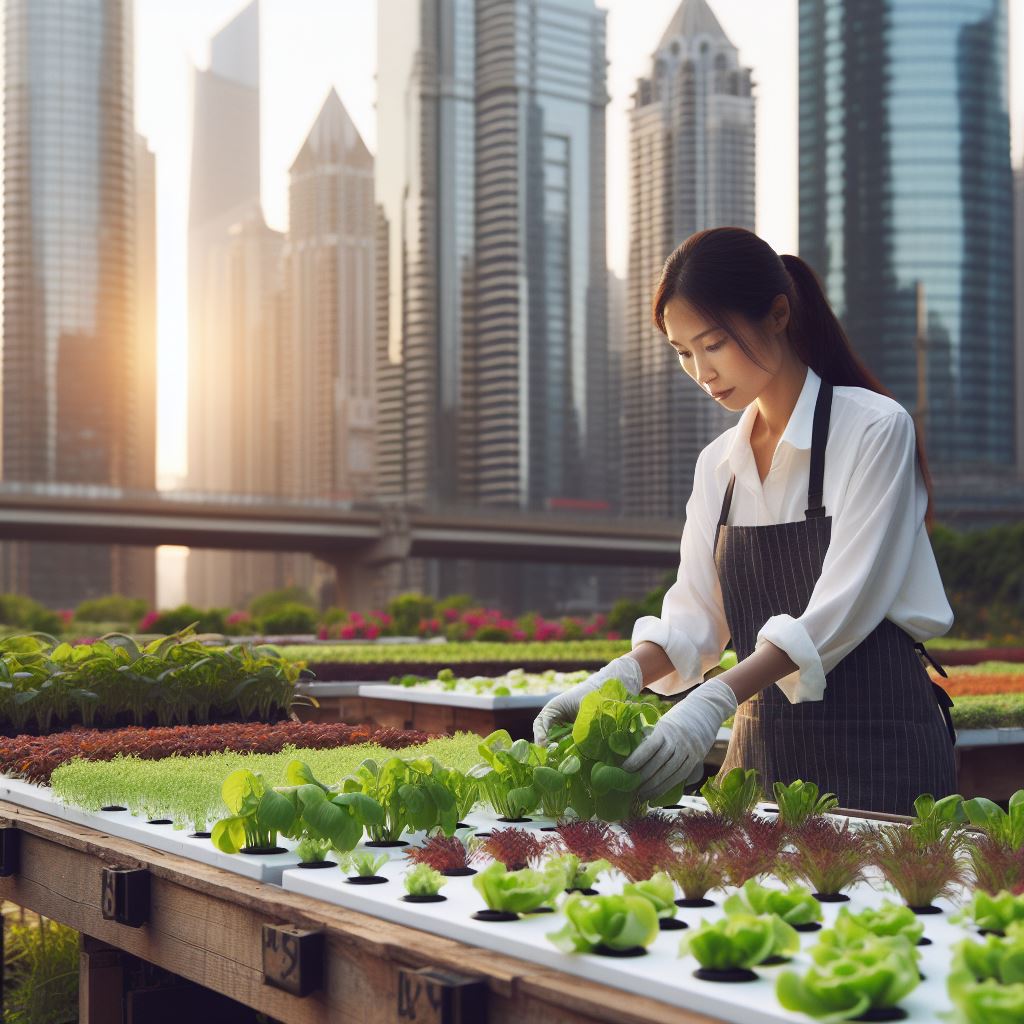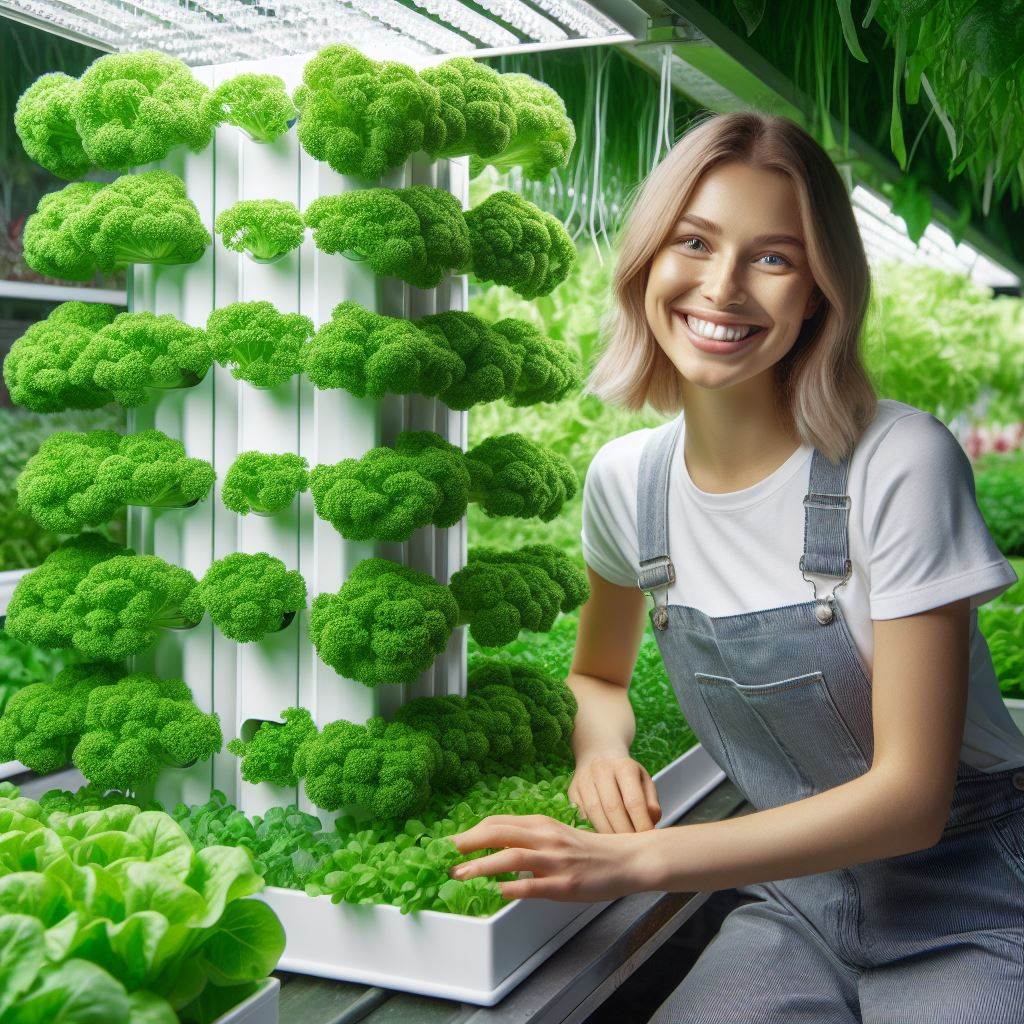Introduction
In today’s world, sustainability has become a significant concern in various industries, including gardening.
With increasing awareness about the environmental impact of human activities, it is crucial to adopt sustainable practices in all aspects of life – including gardening.
Sustainable gardening aims to strike a balance between nature’s needs and human activities. One of the essential components of sustainable gardening is the use of eco-friendly pots.
Eco-friendly pots provide an excellent alternative to traditional plastic pots that harm the environment.
These pots are typically made from biodegradable materials such as recycled plastic, coconut fiber, or clay.
By using eco-friendly pots, gardeners can reduce their carbon footprint and contribute to the conservation of natural resources.
Aside from being made from sustainable materials, eco-friendly pots offer various benefits for the plants themselves.
They provide better aeration for the roots, allowing the plants to grow healthier and stronger.
These pots also offer excellent drainage, preventing waterlogged soil that can lead to root rot.
Additionally, some eco-friendly pots are designed with self-watering systems, reducing water waste and ensuring optimal moisture levels for the plants.
Furthermore, eco-friendly pots are not only beneficial for the environment and plants but also for garden aesthetics.
They come in various shapes, sizes, and designs, allowing gardeners to create unique and visually appealing displays.
These pots can be utilized both indoors and outdoors, adding a touch of sustainability to any garden or living space.
Basically, incorporating eco-friendly pots into sustainable gardening practices is a crucial step towards a greener, more environmentally conscious future.
By opting for these pots, gardeners not only contribute to the conservation of natural resources but also create a beautiful, sustainable garden.
Transform Your Agribusiness
Unlock your farm's potential with expert advice tailored to your needs. Get actionable steps that drive real results.
Get StartedSo why not make the switch to eco-friendly pots and embark on a journey towards a more sustainable and harmonious garden environment?
Benefits of using eco-friendly pots
Reduced environmental impact
- Eco-friendly pots are made from sustainable materials such as recycled plastics or biodegradable materials, reducing the amount of waste in landfills.
- These pots also have a lower carbon footprint as they require less energy to produce compared to traditional plastic pots.
- By using eco-friendly pots, you contribute to minimizing the negative impact on the environment.
Healthier plants and soil
- Eco-friendly pots allow for better airflow and drainage, preventing waterlogging and root rot.
- These pots also promote natural root growth, leading to healthier and stronger plants.
- The use of eco-friendly pots can enhance soil quality, as they are often made from materials that improve aeration and moisture retention.
Cost-effective and durable
- While eco-friendly pots may initially have a slightly higher cost, they are more durable and can last longer than traditional plastic pots.
- Due to their longevity, these pots provide a cost-effective solution for gardening, as you won’t need to replace them as frequently.
- Investing in eco-friendly pots can save you money in the long run.
Versatile and customizable options
- Eco-friendly pots come in a wide variety of sizes, shapes, and styles, allowing for creative and customizable gardening designs.
- These pots can be painted or decorated to match your personal preferences or garden theme.
- With eco-friendly pots, you have endless possibilities to showcase your gardening creativity.
Contribution to a greener future
- Using eco-friendly pots is a small but meaningful step towards a greener future.
- By supporting sustainable gardening practices, you encourage others to make environmentally conscious choices.
- Every eco-friendly pot used helps reduce the demand for non-biodegradable materials and promotes a more sustainable lifestyle.
Essentially, the benefits of using eco-friendly pots in sustainable gardening are numerous.
These pots not only have a reduced environmental impact but also contribute to healthier plants and soil.
They are cost-effective and durable, offering versatility and customization options for gardeners.
Moreover, using eco-friendly pots promotes a greener future by encouraging sustainable practices.
Incorporating eco-friendly pots into your gardening routine can make a significant difference for both the environment and your gardening experience.
Read: Pocket-Sized Herb Gardens: Urban Farming Tips
Types of eco-friendly pots
Biodegradable pots
- Made from organic materials (e.g., coconut coir, rice hulls)
- Break down naturally over time
- Provide nutrients to plants
Recycled pots
- Made from materials like recycled plastic or mason jars
- Reduces waste and promotes recycling
- Can be repurposed or recycled again
Self-watering pots
- Conserves water by providing plants with controlled hydration
- Decreases water waste and promotes plant health
Read: Kitchen Window Herbs: Grow Your Own Flavor
Tips for choosing and using eco-friendly pots
Consider plant’s specific needs
- Size and depth requirements: Choose a pot that allows enough space for the plant’s roots to grow.
- Drainage capabilities: Look for pots with proper drainage holes to prevent waterlogging.
- Adequate space for root growth: Ensure the pot provides enough room for the plant’s roots to spread.
Evaluate pot material
- How it aligns with sustainability goals: Opt for pots made from recycled or biodegradable materials.
- Assess durability and expected lifespan: Select pots that can withstand outdoor conditions and last for multiple seasons.
Ensure proper care and maintenance
- Monitor water needs: Avoid over or under watering by regularly checking the moisture level of the soil.
- Prevent mold or pest problems: Clean the pots regularly to avoid the buildup of mold or the attraction of pests.
- Regularly clean and sterilize pots: Disinfect the pots with a mild soap solution to prevent diseases and maintain plant health.
Consider the plant’s specific needs
Choosing and using eco-friendly pots in sustainable gardening practices can greatly benefit both the environment and your plants.
By considering the specific needs of your plants and evaluating the materials used in pots, you can make informed choices that minimize your ecological footprint.
When considering a pot for a plant, it’s important to think about the size and depth requirements.
Plants with larger root systems will need pots that provide enough space for root growth.
Additionally, ensuring proper drainage capabilities is crucial.
Without sufficient drainage holes, excess water can accumulate, leading to root rot and other problems.
Evaluate pot material
The material of the pot is also a key factor.
Choosing pots made from sustainable materials, such as recycled plastic or biodegradable materials, helps reduce waste and supports environmentally-friendly practices.
It’s essential to assess the durability and expected lifespan of the pot as well.
Investing in pots that can withstand outdoor conditions and last for multiple seasons reduces the need for frequent replacements, saving both money and resources.
Ensure proper care and maintenance
Once you have selected the right pots, proper care and maintenance are essential.
Monitoring the water needs of your plants is important to avoid over or under watering.
Regularly check the moisture level of the soil and adjust watering accordingly.
To prevent mold or pest problems, it’s crucial to keep your pots clean.
Regularly remove any debris or dead plant material from the pots.
Additionally, cleaning and sterilizing the pots on a regular basis can help prevent the spread of diseases and maintain the overall health of your plants.
Showcase Your Farming Business
Publish your professional farming services profile on our blog for a one-time fee of $200 and reach a dedicated audience of farmers and agribusiness owners.
Publish Your ProfileUsing a mild soap solution and thoroughly rinsing the pots will help keep them free from harmful pathogens.
In essence, considering the specific needs of your plants, evaluating the pot material, and ensuring proper care and maintenance are essential steps in choosing and using eco-friendly pots.
By following these tips, you can create a sustainable gardening environment that benefits both your plants and the planet.
Read: Herbs on a Shelf: Gardening in Small Areas
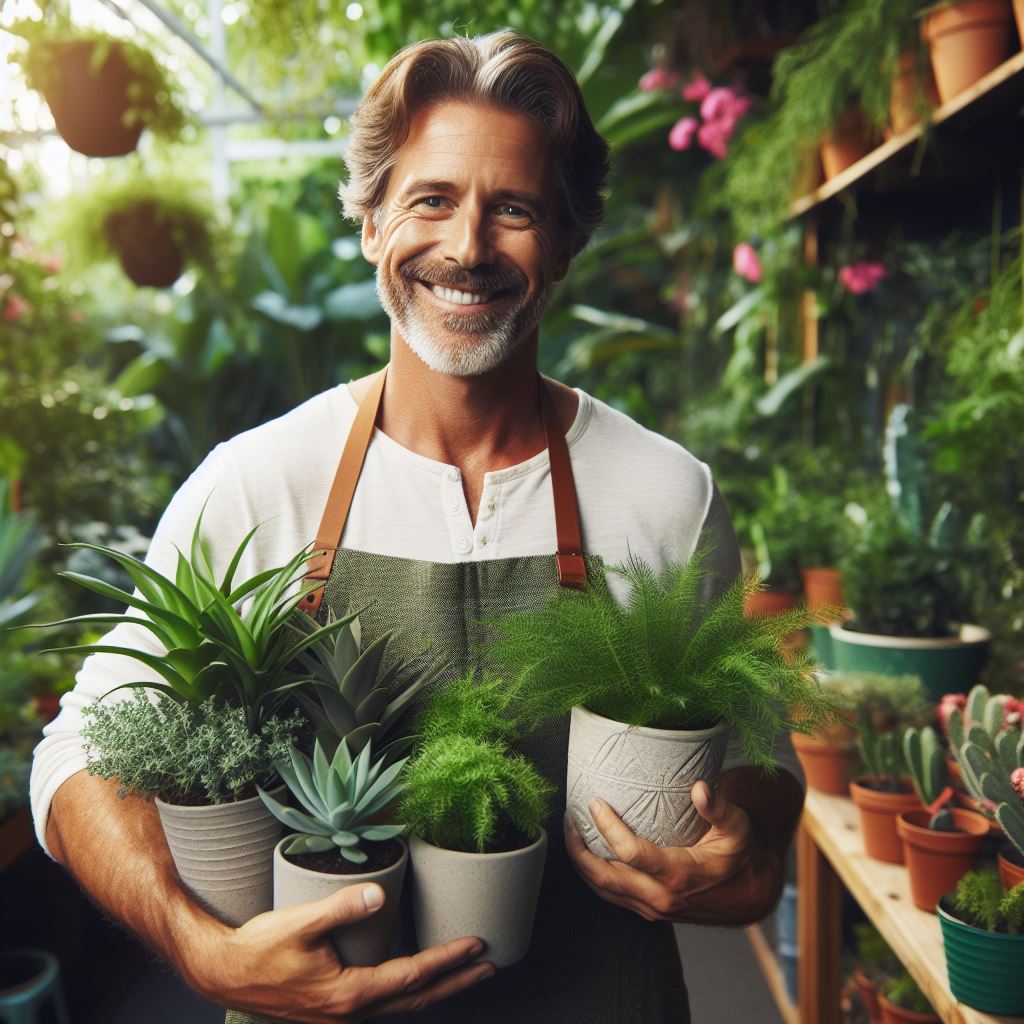
Gain More Insights: Soil Amendments: Natural Ways to Enrich Soil
Creative ideas for repurposing or upcycling pots
Vertical gardening Using old pots
- Attach old pots to a wooden frame and create a stunning vertical garden.
- Hang pots in a cascading manner from a wall or fence to maximize space.
- Plant herbs, flowers, or succulents in old pots and arrange them vertically for an eye-catching display.
DIY painting or decoration of pots
- Get creative by painting old pots with vibrant colors or intricate patterns.
- Decorate with stickers, washi tape, or decoupage for a unique and personalized look.
- Use stencils to add interesting designs or words onto plain pots to make them stand out.
Transforming pots into hanging planters or bird feeders
- Drill holes in the sides of pots and thread ropes through them to create hanging planters.
- Hang pots upside down and fill them with bird seeds to attract feathered friends to your garden.
- Attach metal hooks to pots and hang them from tree branches or pergolas for a charming touch.
Creating herb gardens from recycled containers
- Repurpose tin cans or mason jars by planting herbs in them and arranging them on a windowsill.
- Use old teapots or kettles as planters for herbs, creating a whimsical and functional display.
- Convert old wooden crates or pallets into herb garden planters, providing a rustic and stylish touch to your space.
By exploring these creative ideas, you can give new life to your old pots and contribute to sustainable gardening practices.
Repurposing or upcycling pots not only reduces waste but also adds a unique charm to your garden.
Vertical gardening using old pots allows you to maximize space and create a visually striking display.
DIY painting or decoration of pots provides an opportunity for self-expression and adds a personal touch to your garden decor.
Transforming pots into hanging planters or bird feeders brings a touch of nature into your surroundings and attracts wildlife.
Creating herb gardens from recycled containers not only promotes sustainability but also offers the convenience of having fresh herbs at your fingertips.
Remember, sustainability can be stylish and creative!
Embrace these ideas and make a positive impact on the environment while enjoying the beauty of your garden.
So, get your repurposing tools ready, gather your old pots, and let your imagination soar as you transform them into unique and eco-friendly additions to your garden.
Read: Container Herbs: Spice Up Your Small Garden
Conclusion
This exploration has unveiled the diverse landscape of eco-friendly pots, highlighting their role in fostering sustainable gardening practices.
From recycled plastic to natural materials like bamboo and coir, these innovative options offer not only environmental benefits, but also stylish and functional solutions for your plant needs.
We encourage you to embrace a sustainable approach to gardening.
By opting for eco-friendly pots, you actively contribute to reducing plastic waste and promoting responsible resource management.
This conscious choice extends beyond immediate benefits, creating a positive ripple effect on the environment for generations to come.
Furthermore, nurturing life in sustainable ways fosters a deeper connection with nature, enriching your personal well-being and fostering a sense of environmental stewardship.
Embrace the opportunity to cultivate change.
Choose eco-friendly pots, cultivate your garden responsibly, and witness the transformative power of sustainable practices.
Let’s grow together, fostering a greener future, one flourishing plant at a time.

